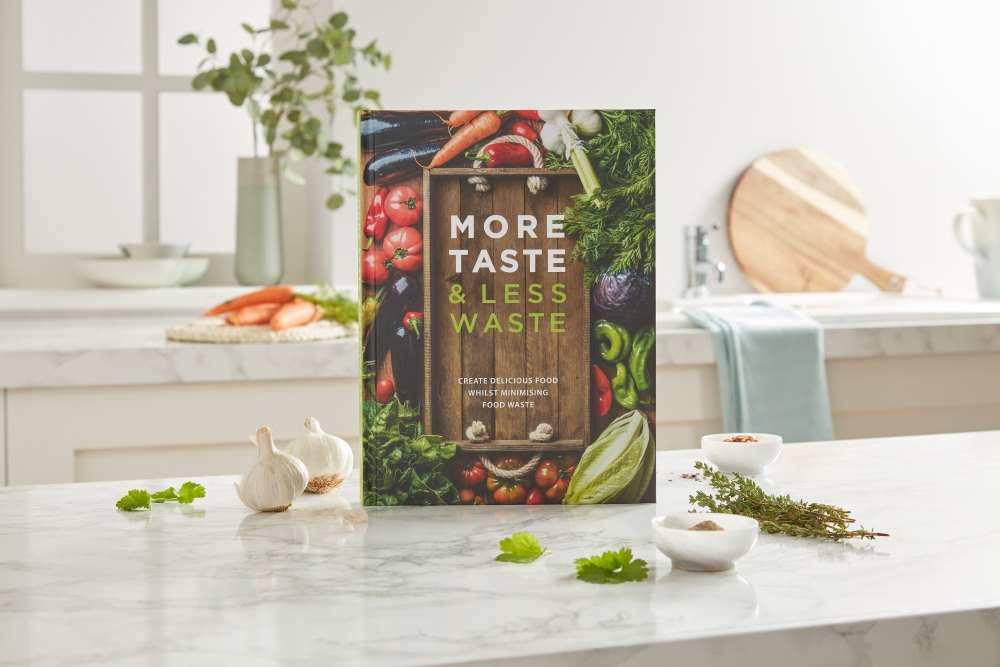The brand-new cookbook, More Taste & Less Waste from the Dairy Diary shares helpful tips on how to lessen food waste. And not only is that the socially responsible thing to do, but it can also save you money too!
Here are a few top tips:
STORING FOOD
Ensure that your fridge is set to below 5°C and the freezer is set to around -18°C. Read the instructions for your fridge: there are usually cooler/warmer sections that lend themselves to particular products.
Check use-by dates and arrange foods in your fridge with the shortest date on the top, so that you use it first. If something has a date before you’re likely to use it, consider freezing it.
Vegetables (except potatoes) keep for longer if they’re stored in the fridge. Also keep fruit (except bananas) in the fridge, with a few in a fruit bowl to ripen, if required.
THE FREEZER
What not to freeze. So many foods can be frozen, raw or cooked, that it’s actually easier to list what to avoid freezing. The following foods do not freeze well: cottage cheese and low-fat cheeses with a fat content less than 40 percent, cucumber, salad leaves, cooked eggs, mayonnaise, egg custard, and jelly. Cooked rice can be frozen, but it may cause food poisoning unless it’s reheated to a very high temperature and so it’s best avoided.
QUICK FREEZER TIPS
Read the label on meat, fish and seafood to check that it’s not been previously frozen. If it has, it should not be re-frozen unless it’s been cooked first.
Don’t freeze milk in glass bottles, as it may expand and shatter the glass.
Fresh herbs can be frozen, chopped, in ice cube trays, as can ginger. And also chop garlic before freezing; don’t freeze whole bulbs.
Freeze whole loaves of bread, or make into breadcrumbs in a food processor before freezing.
Leftovers from cans can be frozen in a freezer-proof container. Convenience foods should say on the label if they are suitable for freezing.
Ideally, freeze cakes and biscuits before they’re filled or iced/decorated.
Leftover wine can be frozen in ice cube trays to add depth of flavour to gravy or sauces.
Apart from ready-frozen ingredients, always pack foods in portions, so that it’s easy to defrost/use just what you need. Label containers with their contents and the date on which they are frozen.
Ensure that the food is well sealed: in foil, in lidded tubs or in Pyrex (or similar) dishes covered with a lid or with tight-fitting foil. Remove as much air as possible by lifting one corner of the lid and then sealing again.
More Taste and Less Waste cookbook shares many more tips on how to avoid food waste as well as 80 amazing recipes, all with a stunning photographs. Available to buy here today.
